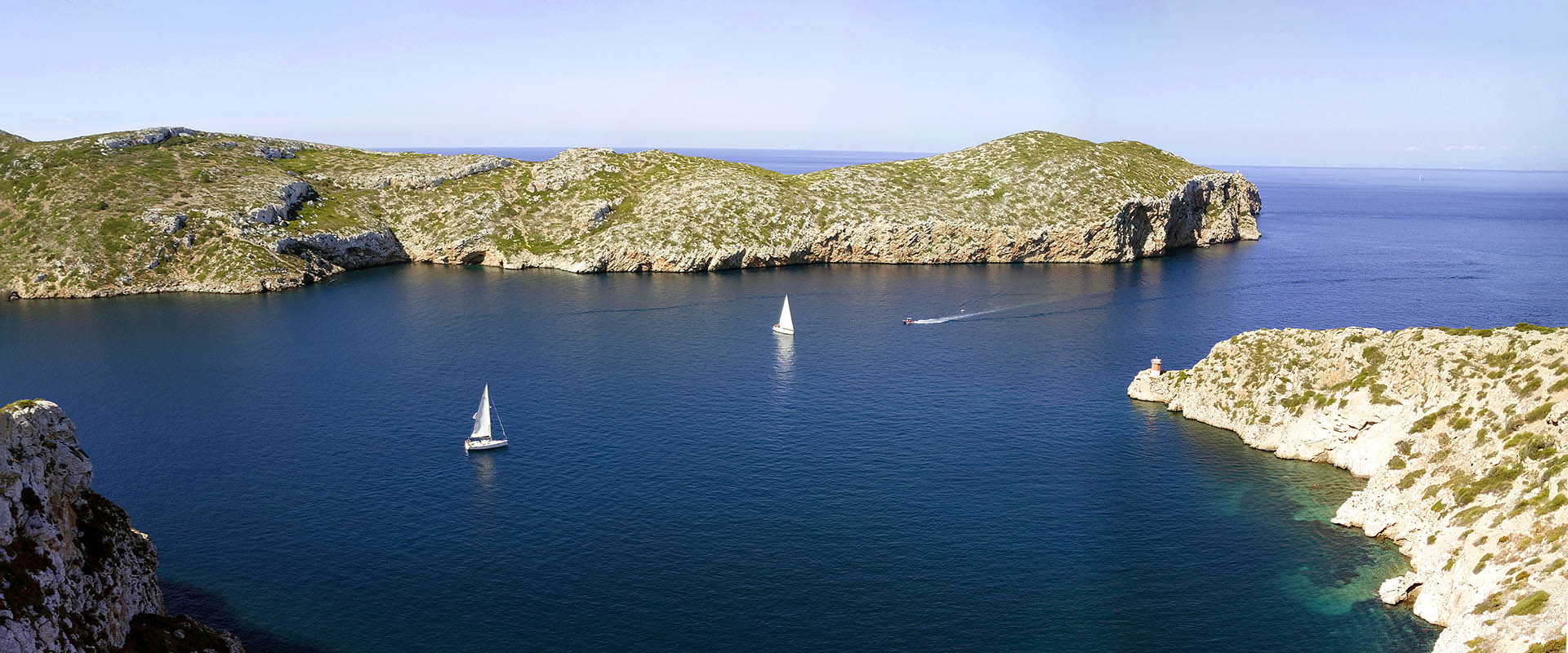Adventure Cruises in Spain
About Spain Small Ship Cruises
In Spain, cruises allow you to explore the country’s famous coastline as much as possible. An inspiring mix of tiny coastal towns, glamourous ports, and striking beaches have earned the Spanish coast one of the top spots in the world for holidays. The relaxed and fun-loving attitude of the people rubs off on visitors and makes a small ship cruise a truly tranquil and fun-filled experience. Spain is also a land of contrast with something for everyone to enjoy. On one side, you will find water sports, beaches, and plentiful nightlife; on the other, fine dining, wine tasting, and rich history and culture to explore.
Best Spain cruises and areas to visit
Costa del Sol
Reaching from the enchanting port town of Malaga along the coast to Gibraltar, the Costa del Sol is one of the best-loved spots in the Mediterranean for holidaymakers. Beautiful topography, endless beaches, and some of the best weather in Europe are just some of the reasons this region is perfect for a small ship cruise around Spain. Cruises of Spain will stop off at historical ports such as Malaga and quaint coastal towns and huge sweeping beaches.
Seville
Although not on the coast, Seville is a cruising spot in Spain thanks to the river Guadalquivir. The city’s waterways are great for traveling around and enjoying the historic churches, minarets, and Moorish palaces. Seville is a wonderful blend of modern architecture and historic buildings from Spain’s fascinating past. It is also the place to experience the Andalusian culture with traditional flamenco dancing and many local delicacies, including the famous Seville oranges.
Cadiz
One of Spain’s oldest cities, a small ship cruise to Cadiz allows you to see the multicultural nature of Spanish history. Moorish eastern architecture sits alongside later Catholic cathedrals in great numbers. The city has so much to offer, with the famous beach Playa de la Caleta right in the town's port flanked by two historic castles. The region is also well known for its food, with seafood a particular delicacy thanks to the extensive fish market in the heart of the town.
Canary Islands
The Land of the Eternal Spring, a cruise around Spain’s Canary Islands, takes you across this varied and beautiful archipelago. The lively and well-known islands of Tenerife, Gran Canaria, Fuerteventura, and Lanzarote have miles of beaches, charming towns, and year-round spring weather. The outlying islands of El Hierro, La Palma, and Gomera are an opportunity to see the Canaries' untouched beauty and encounter exciting marine life, such as whales, dolphins, and turtles.
Best time to cruise in Spain
Mainland, or as it is known locally, Peninsular Spain enjoys long and quite hot summers, although the temperature will be slightly lower on the coast with cool sea breezes keeping the hot midday at bay. So, the best time to visit Spain’s mainland depends on how hot you like; sun lovers will find June to August the warmest months, perfect for heading to the beach or jumping off the boat at swim stops. The Spring is cooler with the best months from March to May perfect for sightseeing, warm but not the severe heat of the summer. The colder months over the winter are great for those who want to avoid the crowds and make the most of the lower prices. January to February is also when Spanish towns host their fiestas, weeks of different local celebrations, which are an incredible cultural and social experience. The Canary Islands also host fiestas at this time; however, the weather is significantly warmer, and although it can reach higher temperatures in summer, most of the year is balmy, warm, and comfortable Spring weather.
How to get to Spain
A much-loved destination for visitors around the world, reaching a small ship cruise around Spain is easy with non-stop international flights to Madrid and Barcelona from the U.S. and connecting international flights available from European airports to Malaga, Seville, and Almeria. Reaching the Canary Islands usually involves a stop in Madrid, Casablanca, or London. Inter-island flights in the Canaries are frequent and cost-effective. Although there is also the option of ferries between all of the parts of the archipelago, these can be quite slow, though often stopping at each island in turn. It is worth noting that international flights to La Palma, El Hierro, and La Gomera are quite rare, and inter-island hopping is the best way to reach these parts.
Spain Cruise Tips
- Spain is part of the European Union, and for those with a visa for this region, it is possible to travel without any additional paperwork. The local currency is Euro, and credit cards are widely accepted, although it is worth noting that there will almost always be a charge for using your card in Spain.
- The Spanish people keep different hours than you might expect, most shops are open quite early but shut for the famous ‘siesta’ time in the afternoon. During siesta, restaurants will be open for long sociable lunches and coffees, but shops and banks will close for around two or three hours.
- One of Spain’s most interesting traditions is the eating of tapas or pinchos, small snacks taken with a drink. These are not meant to be a meal, although many other countries present it as such. In many places, when you order a drink, you might find it accompanied by a small tapa you didn’t order. These can be some of the most exciting and delicious delicacies you try in Spain.
- The Spanish way of life is very relaxed even for the Mediterranean, often giving visitors the impression that service is slow; however, this is done to allow people to relax and socialize together over a long lunch. Embracing this attitude and abandoning any thoughts of rushing will be part of the local experience in Spain.
- Mainland Spain is very hot in the summer and so be sure to wear sun protection, and a hat is a wise choice if you will be under the sun for any length of time. The Canary Islands are cooler; however, they are closer to the equator, so it can be even easier to burn here. There are mosquitos in mainland Spain although they will be fewer onboard a cruise and by the coast. The Canary Islands have no such biting insects due to the isolated nature of the islands.
- There are some rules and regulations that are specific to the Canary Islands. As a duty-free area, you must obey the limits for duty-free items. Also, it is prohibited to take hired cars between the islands on the ferry.











